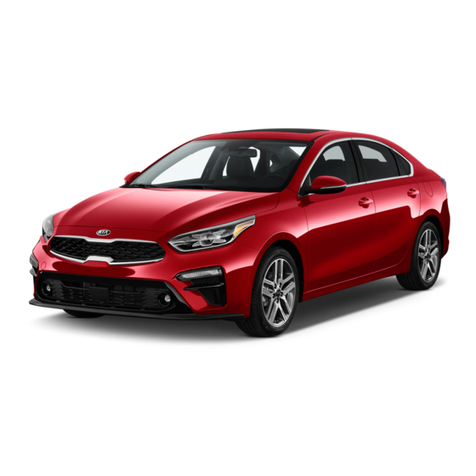Kia 2018 Stinger User manual
Other Kia Automobile manuals
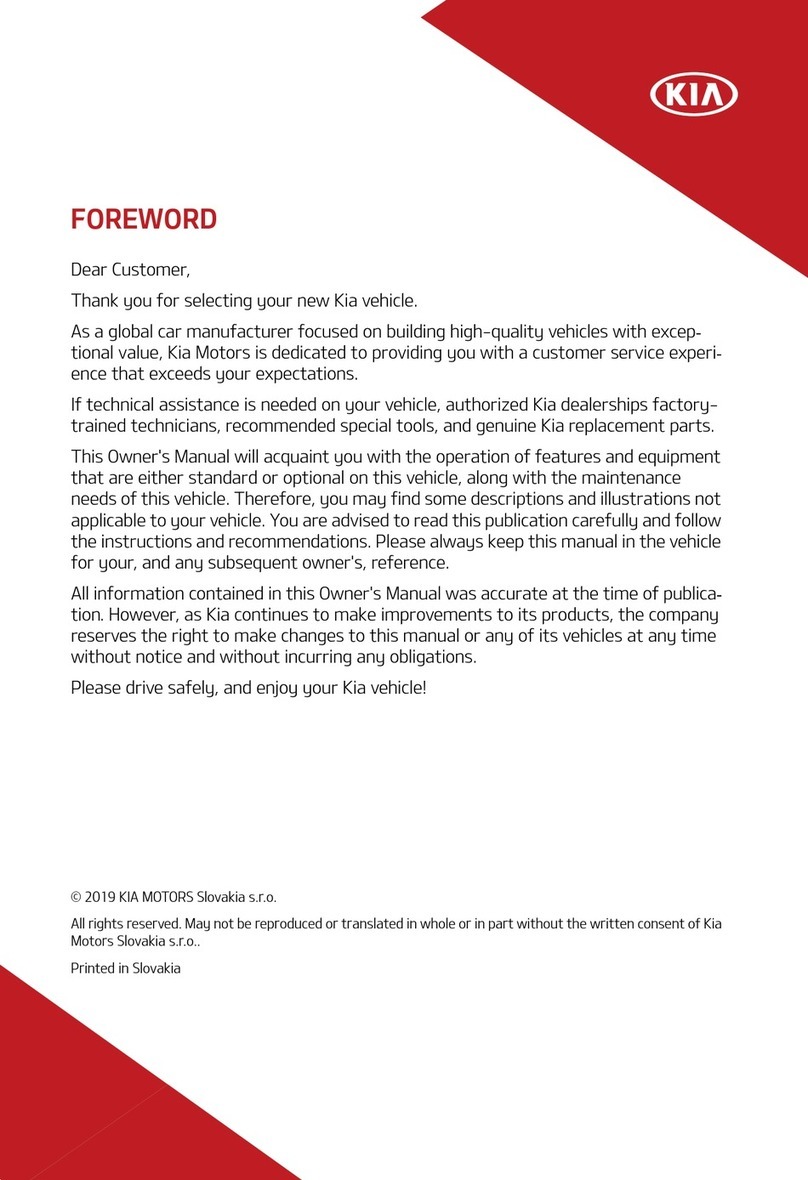
Kia
Kia XCEED PHEV MY21 User manual
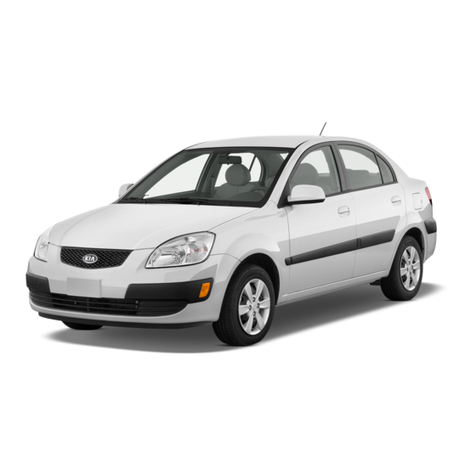
Kia
Kia Rio 2006 User manual
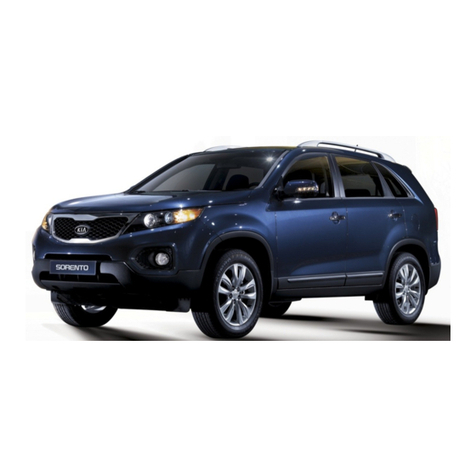
Kia
Kia Sorento 2010 User manual

Kia
Kia 2015 Sorento User manual
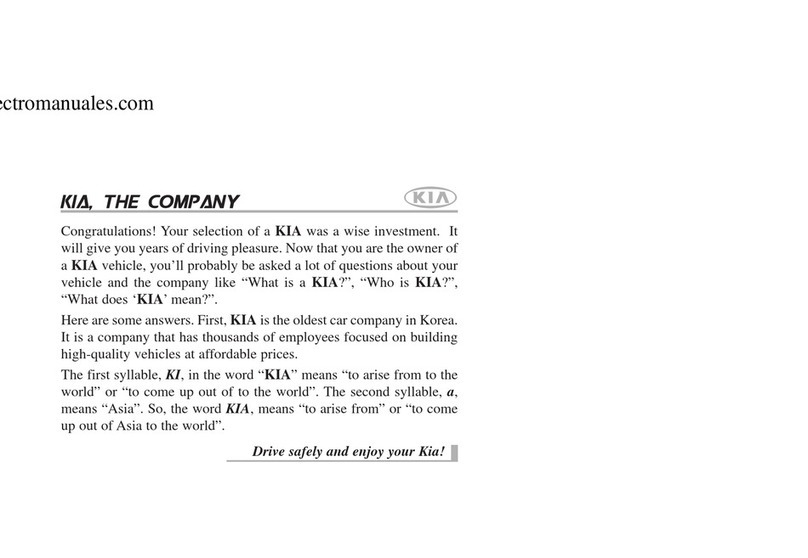
Kia
Kia Magentis 2009 User manual

Kia
Kia NIRO User manual
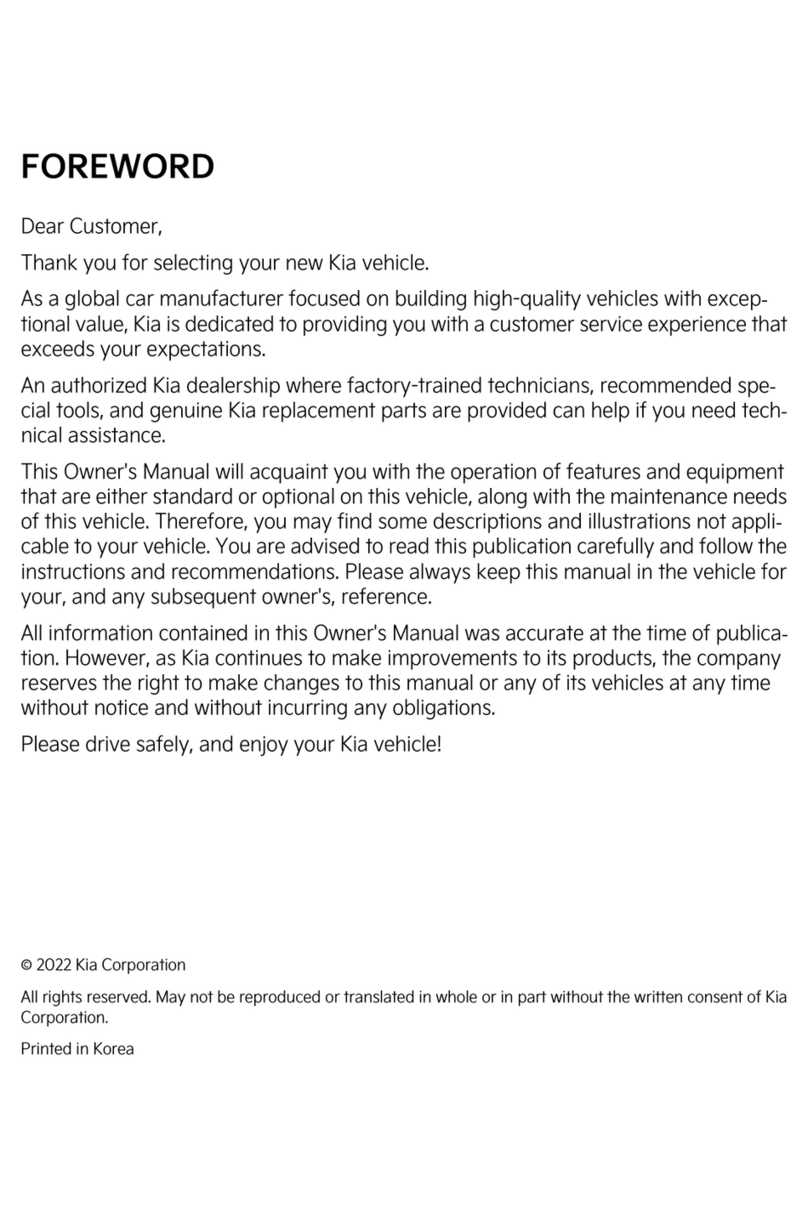
Kia
Kia K2700 2022 User manual

Kia
Kia stinger 2022 User manual

Kia
Kia SORENTO hybrid 2021 Parts list manual

Kia
Kia Sedona User manual
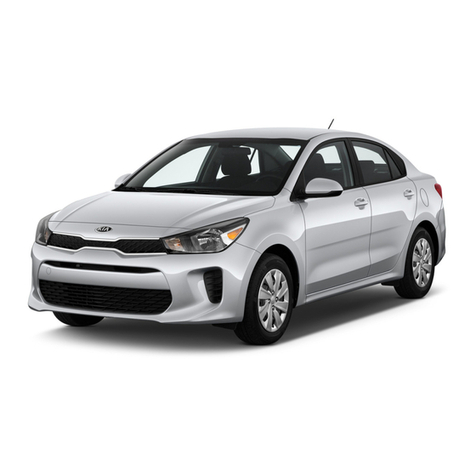
Kia
Kia RIO 2019 Assembly instructions
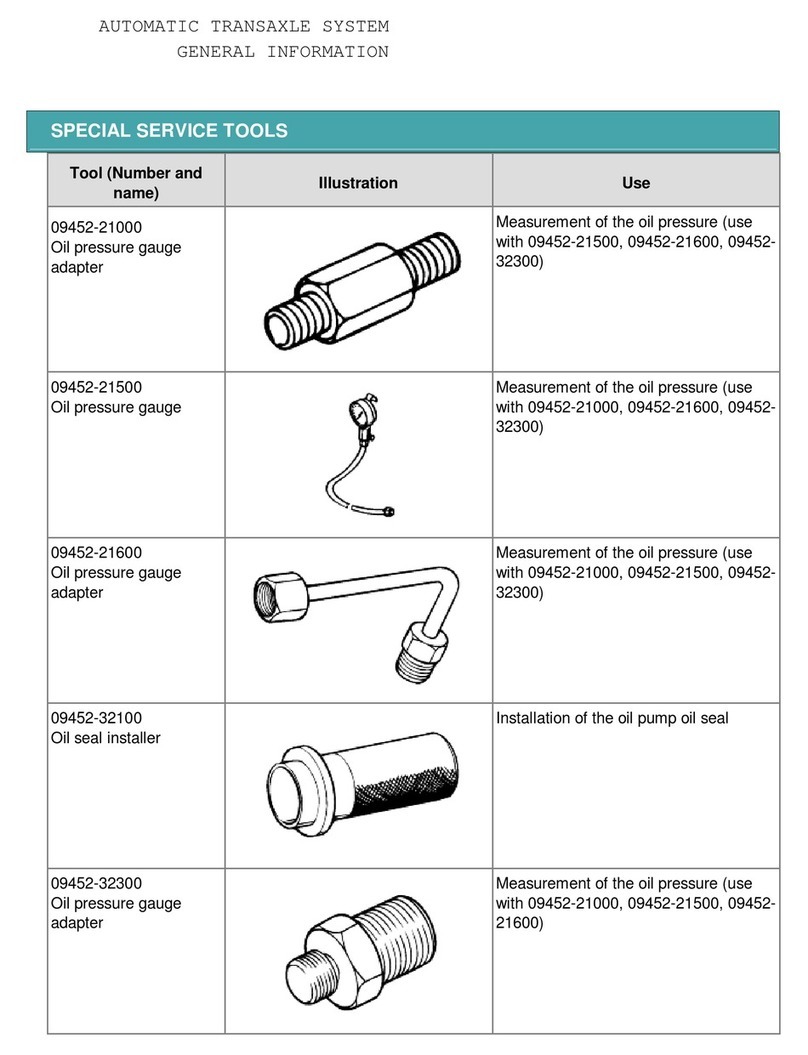
Kia
Kia Sorento 2003 User manual
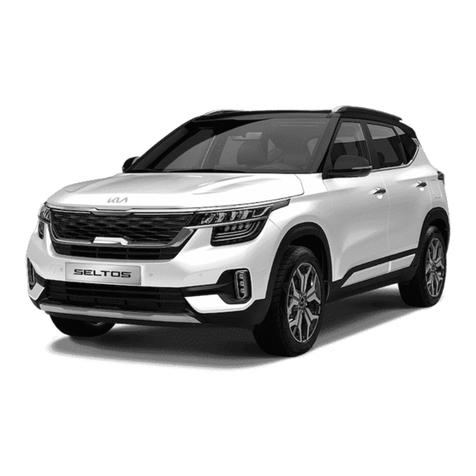
Kia
Kia SELTOS User manual

Kia
Kia K 900 2015 User manual
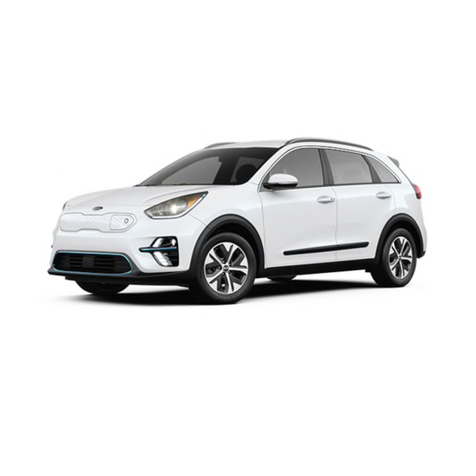
Kia
Kia NIRO User manual
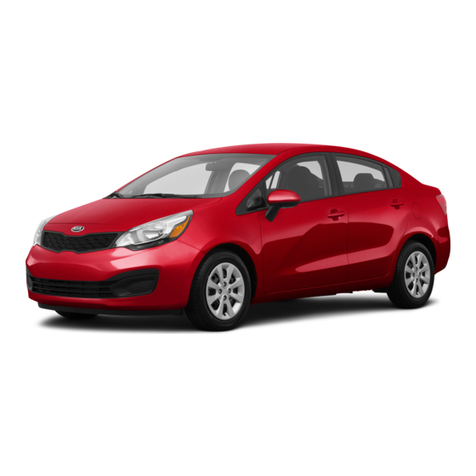
Kia
Kia 2015 Rio User manual

Kia
Kia 2011 RIO User manual
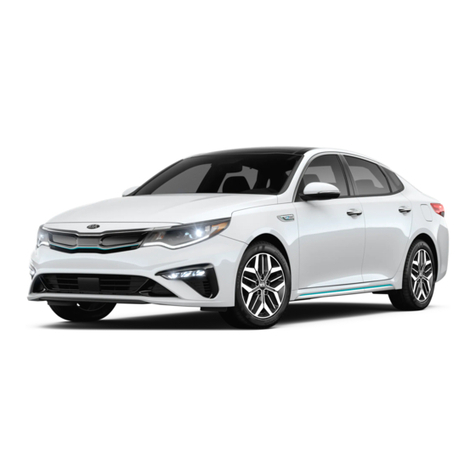
Kia
Kia OPTIA hybrid 2020 Parts list manual
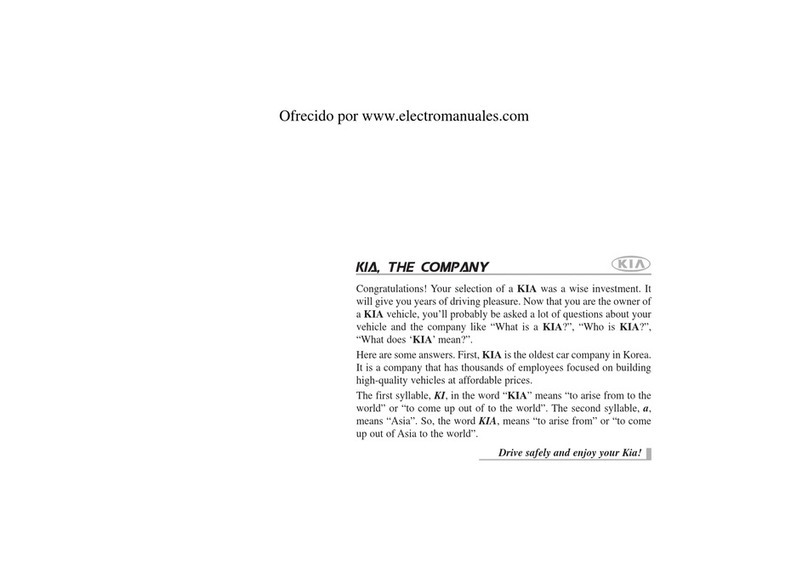
Kia
Kia Forte 2010 User manual
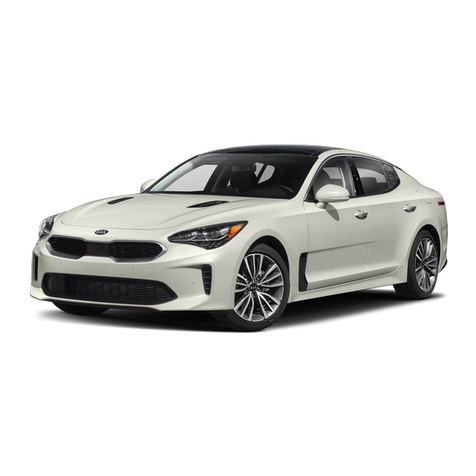
Kia
Kia Stinger 2019 User manual


